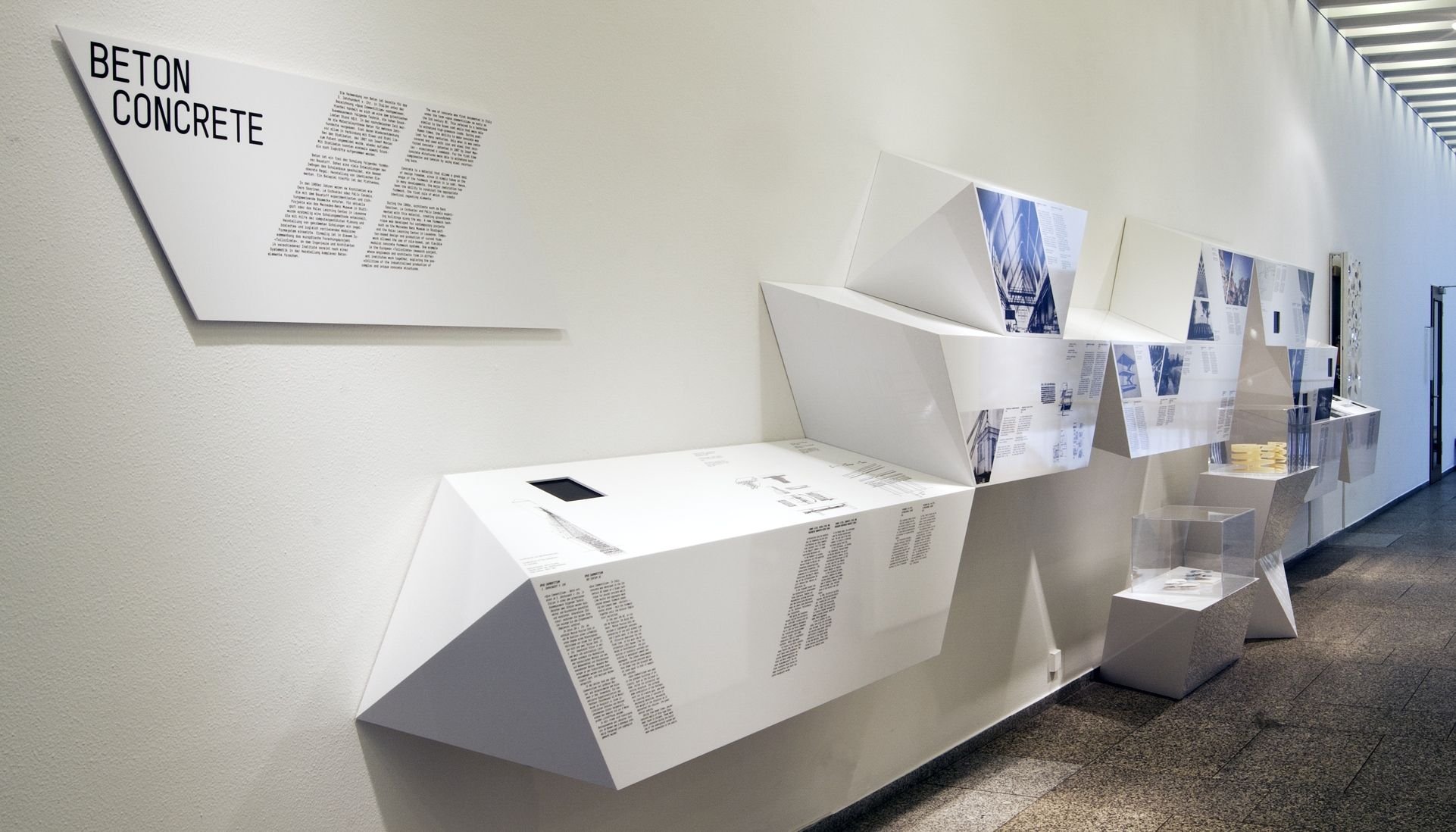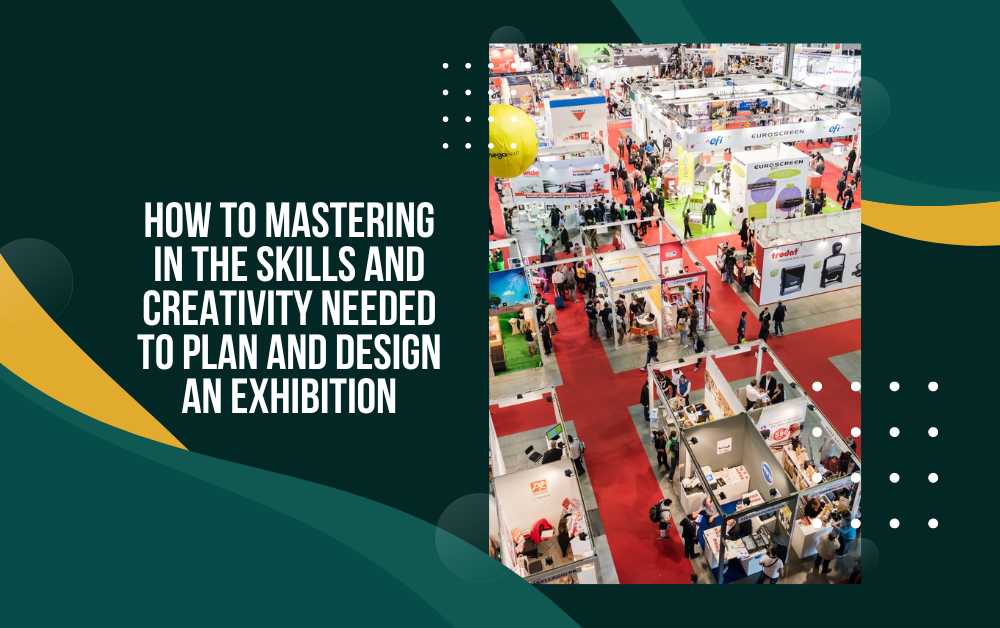Introduction
Planning and designing an exhibition is a complex endeavor that demands a unique blend of skills and creativity. With the growing competition in the exhibition industry, it is crucial to stand out by creating engaging and memorable experiences for attendees. This requires not only a deep understanding of design principles and logistical planning but also an ability to think creatively and innovatively. In this comprehensive guide, we will explore the essential skills and creative approaches needed to plan and design a successful exhibition. Whether you are a seasoned professional or just starting out, these insights will help you elevate your exhibition planning and design to new heights.
Understanding the Basics: Core Skills for Exhibition Planning
Planning an exhibition involves a multitude of tasks that require strong organizational skills, attention to detail, and strategic thinking. One of the fundamental skills is project management, as it involves coordinating various aspects of the event, from initial concept development to post-event evaluation. Effective project management ensures that all elements come together seamlessly and on time. Additionally, strong communication skills are essential for collaborating with team members, stakeholders, and vendors. Clear and concise communication helps prevent misunderstandings and ensures that everyone is on the same page.
Project Management
Project management in Exhibition Planning And Design Services In Dubai involves creating a detailed timeline, setting milestones, and assigning tasks to team members. It requires the ability to prioritize tasks and manage time effectively to meet deadlines. Utilizing project management tools and software can help streamline the process and keep track of progress. Regular check-ins and updates are crucial to ensure that the project stays on track and any issues are addressed promptly. By mastering project management, you can ensure that your exhibition planning process runs smoothly and efficiently.
Communication Skills
Effective communication is the backbone of successful exhibition planning. It involves not only verbal and written communication but also active listening and the ability to convey ideas clearly. Communication skills are essential for negotiating with vendors, presenting ideas to stakeholders, and providing clear instructions to team members. Being able to articulate your vision and requirements helps build strong relationships and ensures that everyone involved understands their roles and responsibilities. Additionally, effective communication helps resolve conflicts and address challenges that may arise during the planning process.
The Creative Edge: Designing an Engaging Exhibition
Designing an exhibition requires a high level of creativity and an eye for detail. It involves creating a visually appealing and functional space that captures the attention of attendees and provides a memorable experience. One of the key creative skills is spatial design, which involves arranging the layout of the exhibition space to maximize flow and engagement. Another crucial aspect is visual design, which includes selecting color schemes, typography, and graphics that align with the theme and brand of the exhibition. Creativity in exhibition design also involves thinking outside the box and incorporating innovative elements that surprise and delight attendees.

Spatial Design
Spatial design is the art of arranging the physical space of an exhibition to create a logical and engaging flow. It involves understanding the behavior of attendees and designing the layout to facilitate easy navigation and exploration. Key considerations in spatial design include the placement of entrances and exits, the arrangement of booths and exhibits, and the allocation of space for different activities such as presentations, workshops, and networking. Creating a well-thought-out floor plan that maximizes the use of space and minimizes congestion is essential for a positive attendee experience.
Visual Design
Visual design plays a critical role in creating an attractive and cohesive look for your exhibition. It involves selecting a color palette that reflects the theme and branding, choosing appropriate typography for signage and materials, and incorporating high-quality graphics and images. Visual design also extends to the design of booths and displays, ensuring that they are eye-catching and inviting. Attention to detail in visual design can significantly enhance the overall aesthetic of the exhibition and create a lasting impression on attendees.
Innovation and Technology: Enhancing the Exhibition Experience
Incorporating technology and innovative elements into your exhibition can elevate the experience and make it more engaging for attendees. One of the key skills required is an understanding of the latest technologies and how they can be applied to exhibition design. This includes the use of digital displays, interactive touchscreens, and virtual reality (VR) experiences. Additionally, leveraging data analytics and event management software can help streamline operations and provide valuable insights into attendee behavior and preferences. Being open to experimentation and adopting new technologies can set your exhibition apart and create a dynamic and memorable experience.
Integrating Technology
Integrating technology into your exhibition design involves selecting and implementing the right tools and platforms to enhance the attendee experience. Digital displays and interactive touchscreens can provide engaging content and allow attendees to interact with exhibits in a new way. VR and augmented reality (AR) can create immersive experiences that transport attendees to different environments or provide a unique perspective on exhibits. Additionally, using event management software can help manage registrations, track attendance, and gather feedback in real-time. By embracing technology, you can create a modern and innovative exhibition that stands out from the competition.
Data Analytics
Data analytics is a powerful tool for understanding attendee behavior and improving the exhibition experience. By collecting and analyzing data from various sources, such as registration forms, surveys, and social media, you can gain valuable insights into attendee preferences and needs. This information can help you tailor your exhibition to better meet the expectations of your audience. Additionally, data analytics can help identify areas for improvement and measure the success of your event. Implementing a data-driven approach can lead to more informed decisions and a more effective exhibition strategy.
The Human Element: Building Strong Relationships
Building strong relationships with stakeholders, vendors, and attendees is crucial for the success of any exhibition. This requires excellent interpersonal skills, empathy, and the ability to build trust and rapport. Developing strong relationships with vendors ensures that you receive the best products and services at competitive prices. Engaging with stakeholders helps secure their support and investment in your exhibition. Additionally, creating a positive experience for attendees fosters loyalty and encourages repeat participation. Strong relationships are built on clear communication, mutual respect, and a commitment to delivering value.
Vendor Management
Vendor management involves selecting and negotiating with vendors to provide the products and services needed for your exhibition. This requires strong negotiation skills to secure favorable terms and prices. Building long-term relationships with reliable vendors can lead to better deals and more consistent quality. Effective vendor management also involves clear communication of your requirements and expectations, as well as regular follow-ups to ensure that everything is on track. By managing your vendors effectively, you can ensure that your exhibition runs smoothly and meets the high standards you have set.
Stakeholder Engagement
Engaging with stakeholders, such as sponsors, partners, and exhibitors, is essential for securing their support and investment in your exhibition. This requires the ability to present a compelling value proposition and demonstrate the benefits of participating in your event. Regular communication and updates help build trust and keep stakeholders informed and engaged. Additionally, involving stakeholders in the planning process can lead to valuable input and a stronger sense of ownership. By building strong relationships with stakeholders, you can ensure their continued support and enhance the overall success of your exhibition.
Continuous Improvement: Learning and Adapting
The exhibition industry is constantly evolving, and staying ahead of the curve requires a commitment to continuous learning and improvement. This involves staying updated on the latest trends and best practices, as well as being open to feedback and willing to make changes. Regularly evaluating your exhibitions and seeking input from attendees, stakeholders, and team members can provide valuable insights into what is working well and what can be improved. Embracing a mindset of continuous improvement ensures that your exhibitions remain relevant, innovative, and successful.
Staying Updated on Industry Trends
Staying updated on industry trends involves actively seeking out new information and staying informed about the latest developments in the exhibition industry. This can be achieved through reading industry publications, attending conferences and workshops, and participating in professional organizations. Networking with other professionals in the field can also provide valuable insights and ideas. By staying updated on trends, you can incorporate new and innovative elements into your exhibitions and stay ahead of the competition.
Seeking Feedback and Making Improvements
Seeking feedback from attendees, stakeholders, and team members is essential for identifying areas for improvement and making necessary changes. This can be done through surveys, interviews, and focus groups. Analyzing feedback and implementing changes based on the input received demonstrates a commitment to delivering the best possible experience. Additionally, regularly reviewing and evaluating your exhibitions helps identify what is working well and what can be improved. By continuously seeking feedback and making improvements, you can ensure that your exhibitions are always evolving and improving.
Conclusion
Planning and designing a successful exhibition requires a unique combination of skills and creativity. From project management and communication skills to spatial and visual design, the ability to integrate technology, and building strong relationships, each element plays a crucial role in creating a memorable and engaging experience for attendees. Embracing continuous improvement and staying updated on industry trends ensures that your exhibitions remain relevant and successful. By mastering these skills and leveraging your creative abilities, you can plan and design exhibitions that captivate and inspire your audience, setting you apart in the competitive world of exhibitions.
Note :- To Read More Articles Visit on- netblogz
